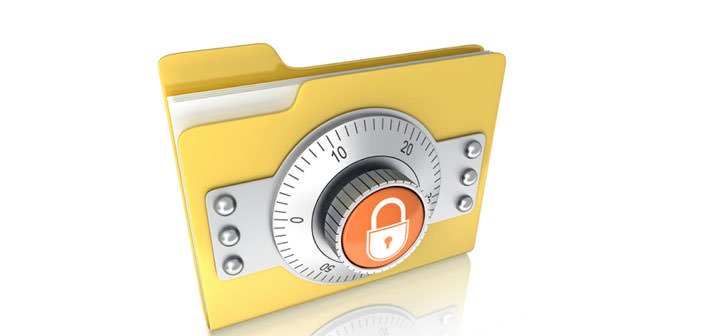When a friend, acquaintance or roommate asks us the computer or tablet or smartphone to do a ” fast ” search on the Internet or on your favorite social network: in this case, the most frequent problem is that this person will go to peek in our files and see what we read, watch, what to write or draw.
Another case, not uncommon, is for computers that are brought into service without any formatted or that the content folders are moved to an external device. Here is a guide on how to protect folders on windows.
1.) When your computer is in a very busy place (office, home, the library) can be annoying someone, hovering behind, we can see which folders (and, from here our interest). How can you do to hide folders in a definitive and real? One solution would be to go to the program ” LocK-A-FoLdeR “. After downloading from the developer’s website, click on its executable file and accept to install the program in the default folder. At this point, the program at the end, we ask you to create a desktop icon and list Start programs. We accept and continue.
2.) After downloading from the developer’s website, click on its executable file and accept to install the program in the default folder. At this point, the program at the end, we ask you to create a desktop icon and list Start programs. We accept and continue. The suite in question, to begin the work folder security prompt you to enter for 2 times in a row (a form of additional control) a Master Password. Digitiamola and segniamocela on a note pad: at this point, choose the ” Lock a folder ” and choose the directory to hide (if you can hide several in one shot).
The selection is made, we will see the folders to lock appear in a list, in the central part of the home program. We can close the program and you will notice that the folders in question disappeared from their location and that it can be accessed with any of tricks seen before. The only way is to reopen Lock-A-FoLdeR, select folders to protect and click ” Unlock selected folder ” : folders first disappear, reappear as if by magic.
Similar is the program ” Hide Folders ” which also operates on FAT32 partitions and so it can protect even what is on USB sticks. Once installed and started, we’ll just select folders to conceal and protect them with a password: in this case, to make the directories involved again visible, nothing else but repeat the procedure backwards and remove protection using the same password previously decided.
3.) Note that there is also another way to protect folders, a way that does not consist in ‘hide them. In many cases, the problem is not the fact that someone can see what we have on the PC: much worse is when a person put his hand to our files and deletes them, perhaps inadvertently. How to avoid this?
A solution is represented by the program ” Second Folder Encryption “. Once installed and started, simply choose a folder and protect it with a password from that moment, it will be impossible to delete, copy, move, delete files interior and so on. Alternatively, for the same purpose, you can use ” BuduLock ” that has the added feature: with this program, we can protect every single folder with an individual password and also act on folders stored on external devices.
4.) To resolve these hassles, the quickest solution is to select a folder and make you right. At this point, we will have to obtain the properties and choose among the various boards, the general: in it the voice of our interest is ” hidden “.
And click the folder will disappear. This solution fulfills our purpose without having to install any software but has the disadvantage of being a solution easy to circumvent by an expert: go to the Control Panel and from there look for the ” Folder Options “. In the screen that appears, there will be two tabs: ” General ” and ” Display “. By choosing ” Display “, we find ” View your files, folders and drives hidden. ”
Flagging this option and saving the selection made by clicking ” Apply “, they see the hidden folders. Another way to get around this our trick of concealment is to type in the address bar of the system, the path that should lead to a certain folder (eg ” Images ” ): after doing so we will be brought to the contents of the folder in question.

